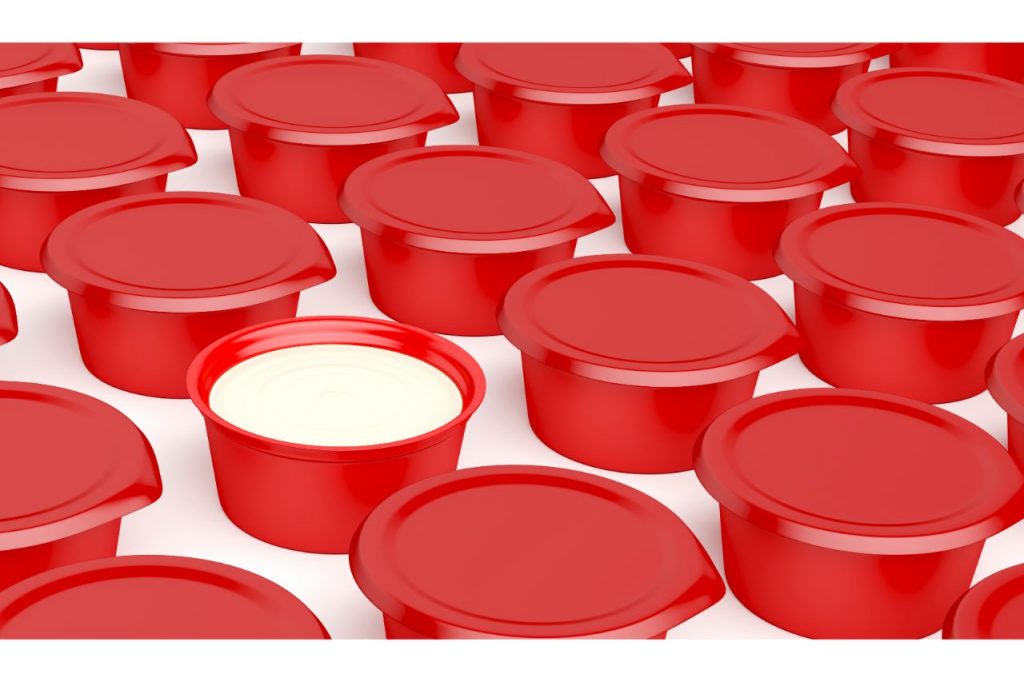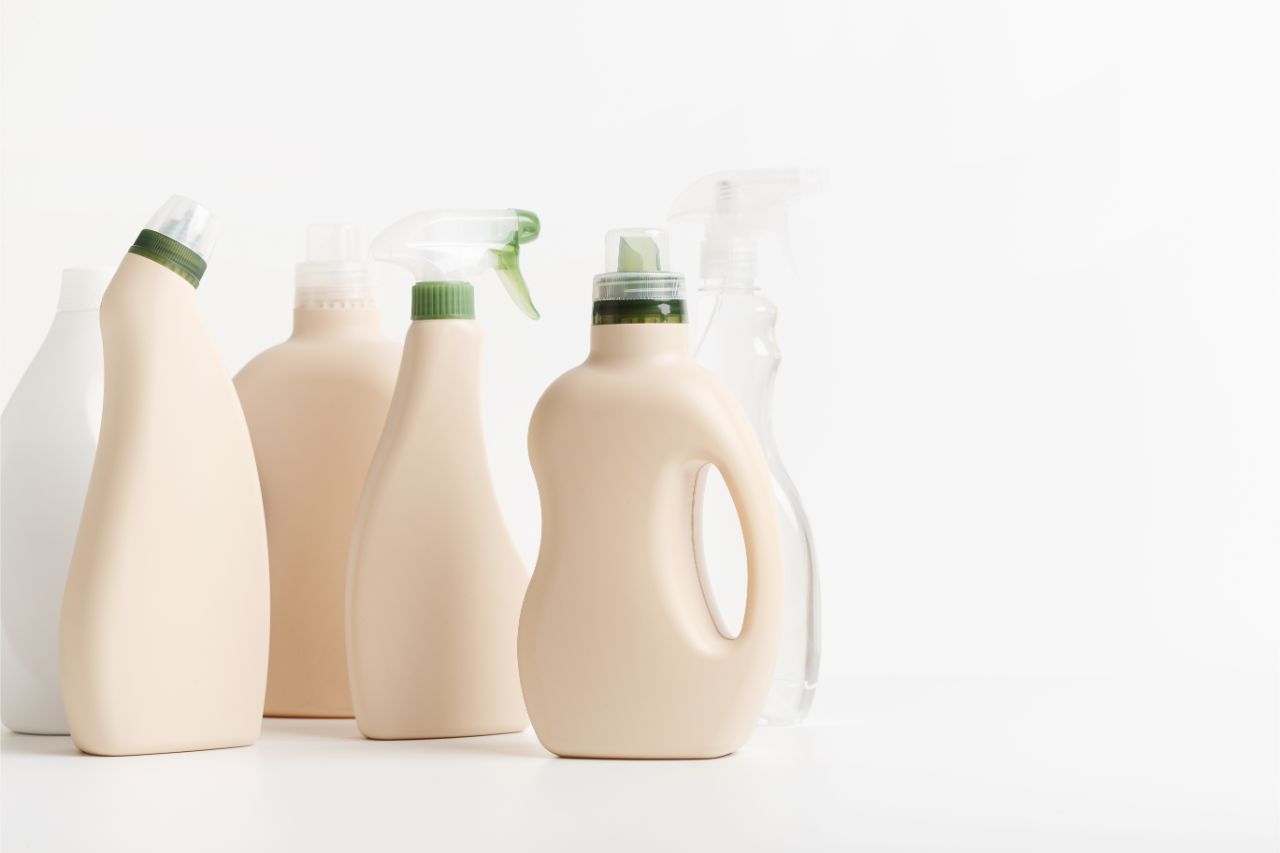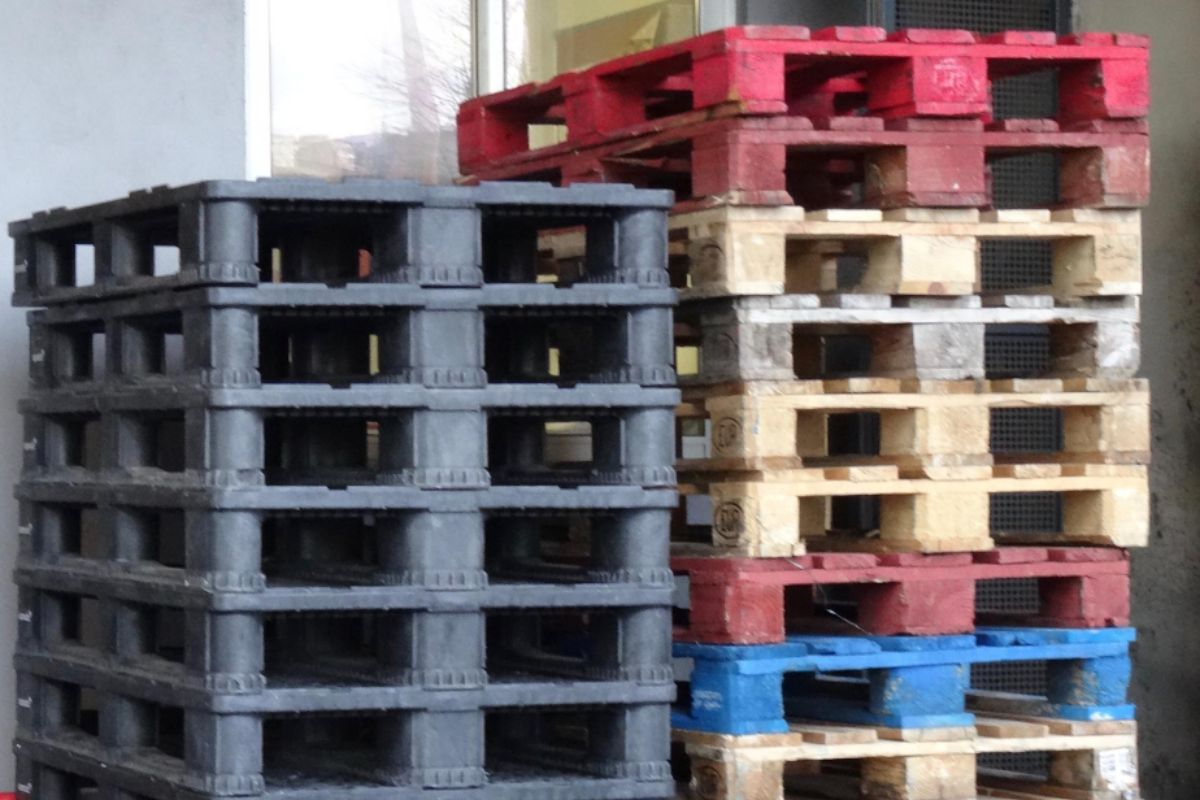What are the factors that affect injection molding quality?
- Design of the Mold
- Thickness of the Product Walls
- Runner Presence
- Surface Finishing
- Raw Materials
Understanding the many factors that affect injection molding quality can help you determine how well your manufacturer is able to perform this process. The quality of your injection-molded product can be influenced by the design of the mold, the wall thickness of the end-product, type of runner, and even the surface finishing.
Arguably, the design and type of mold used in injection molding can already greatly affect the product. A well-maintained design that’s made using high-quality materials will definitely lead to a plastic product that can be fit for market distribution. But alongside the type of mold, you also need to look out for other facets of the injection molding process. Continue reading to learn more.
Design of the Mold
In injection molding, the mold tooling component is responsible for defining the shape of the intended plastic product. This part of the machine is usually made with high-grade alloys like steel or aluminum. It’s important that all the parts and components of the mold tooling are in good condition to ensure that the injection molding process is smooth sailing.
Another reason why mold design is important is that it’s crucial in determining how long the manufacturer can depend on it. For example, steel molds can be used in high-cavitation or high-volume injection molding products without a reduction in the durability of each plastic material after it has been ejected from the machine. While aluminum may also be an ideal choice, this alloy may be prone to physical impacts that may damage its surfaces during injection molding.
Thickness of the Product Walls
Injection molding is used in the manufacturing of a wide range of plastic products for every day and industrial use. Keeping this in mind, the thickness of a product’s walls is also a crucial element in the success of injection molding.
Usually, injection molding systems are capable of producing wall sizes from 2mm to 4mm. However, this might depend on whether the end-product will be used for application in industries that require high dimensional precision — i.e. medical, automotive, construction, and the like.
Generally, the more uniform the wall thickness is, the higher the quality of the plastic product. Thin-walled molds may be difficult to fill, no matter how many times the manufacturer may make adjustments on temperature, pressure, and flow rate.
In this case, the plastic fabricator might need to make use of bigger machines and other secondary components that can help the resin material satisfactorily adapt to the shape of the mold.
Runner Presence
The molding component of an injection molding machine is usually etched with runners that facilitate the flow of the molten plastic resin pellets into the mold. While you may encounter two different kinds of runners — hot runners and cold runners — an efficient injection molding process gets rid of this component altogether.
Despite the name, hot runner systems do not need to make use of runners to transfer the flow of the molten resin. This is because the resin is constantly heated throughout the process through the presence of multiple chambers/openings. Because this process does away with the runners, it significantly reduces the lead/cycle times as well as any post-production methods for removal of unwanted parts.
The cycle time for cold runner systems is much longer because of the gaps that the resin needs to fill before it reaches the main cavities of the mold. Once the process is done, manufacturers still need to use secondary tools and materials in order to precisely remove the excess resin.
Surface Finishing
Aside from the dimensional quality of the molding component, its surface finishing also helps determine the quality of the ejected product. There exists a number of surface finishing types like matte, shiny, stone-like, semi-gloss, and others.
In many ways, the surface finishing of the tooling material defines the capabilities of the injection-molded plastic to undergo other secondary processes, like coating. This is an essential consideration, particularly when there is a need for versatile designs on the plastic product. A stone-like polishing, for example, can produce more texture in the plastic, which allows the paint to adhere to it.
Apart from the aesthetic value, the surface finishing can also determine the functionality of the material when it’s being used to fit with other components or materials.
Raw Materials
Finally, the raw materials can also influence the quality of injection molding. Materials like polystyrene, ABS, polycarbonate, and polypropylene are just some of the most common resins used for this manufacturing technique, but not all of these materials can be the best choice for every purpose.
High-density polyethylene, for example, can be suitable in the production of everyday plastic items like plastic bottles, food containers, or toys. Compare this to polycarbonate, which is more ideal for structural and high-impact applications like sporting goods, construction panels, or barriers.
If you want a high-quality injection molding product, you need to make sure that the right raw materials are being utilized by your manufacturers.
Key Takeaway
With this guide, you’ve learned several factors that affect injection molding quality. These are the raw materials, design of mold, mold surface finishing, wall thickness, and presence of runners. All of these can help determine whether you can be provided with an exceptional-quality material that can be used for its designed purpose.
Looking for excellent injection molding services? Richfields Plastics can help you come up with the best quality plastic products that you’ll find in the market. Click here to learn more about their different services.












